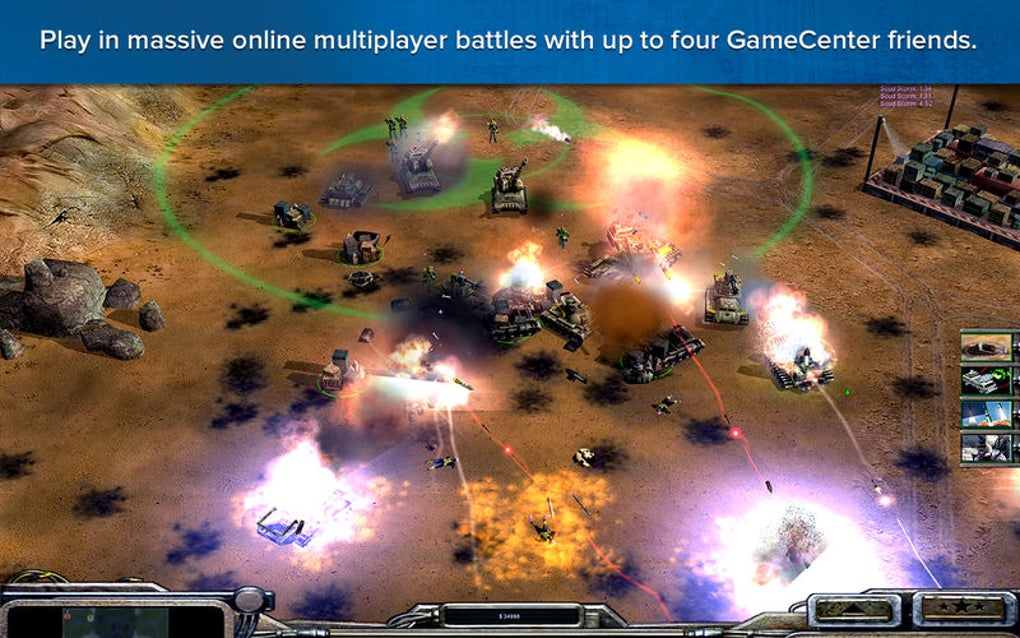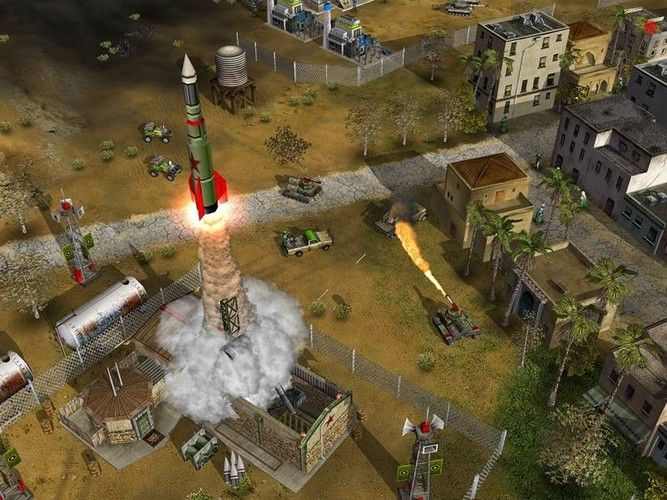

Together the four corps include nine divisions, one cavalry regiment, 37 support brigades of various types, and a range of other corps combat, combat support and combat service support units.įirst U.S. Army Reserve Command, and First Army.įORSCOM also commands four Army corps: III Corps at Fort Hood, Texas V Corps at Fort Knox, Kentucky and XVIII Airborne Corps at Fort Bragg, North Carolina. Their responsibilities varied over time, but from the 1980s to the mid-1990s covered Reserve Component training supervision. Forces Command (Specified Command), 1987–1993ĭuring the Cold War, Forces Command supervised a number of armies each responsible for areas of the continental United States: First Army, Fourth Army, Fifth Army, and Sixth Army, at various times.

The Command hosted a " Casing of the Colors" ceremony on 24 June 2011 at Fort McPherson, and an "Uncasing of Colors" on 1 Aug. The capabilities of the new brigade-level formations – armor, infantry, airborne, air assault and Stryker – ensure greater flexibility and enhance FORSCOM's ability to deploy trained and ready forces quickly.įORSCOM has major units located at 15 installations, including the National Training Center at Fort Irwin, California and the Joint Readiness Training Center at Fort Polk, Louisiana.įollowing the recommendations of the 2005 Base Realignment and Closure Commission, the Command moved from Fort McPherson, Georgia to a new headquarters facility at Fort Bragg, North Carolina, in June 2011. This shift to a modular force design increases the number of units available to support regional combatant commanders. The Command is focused on the transformation of the Army into a more deployable and maneuverable lethal force. The vision is to: " combat ready and globally responsive Total Army Forces that are well led, disciplined, trained, and expeditionary…ready now to deploy and win in Large Scale Combat Operations against near-peer threats." The mission is: "Forces Command trains and prepares a combat ready, globally responsive Total Force in order to build and sustain readiness to meet Combatant Command requirements."


 0 kommentar(er)
0 kommentar(er)
